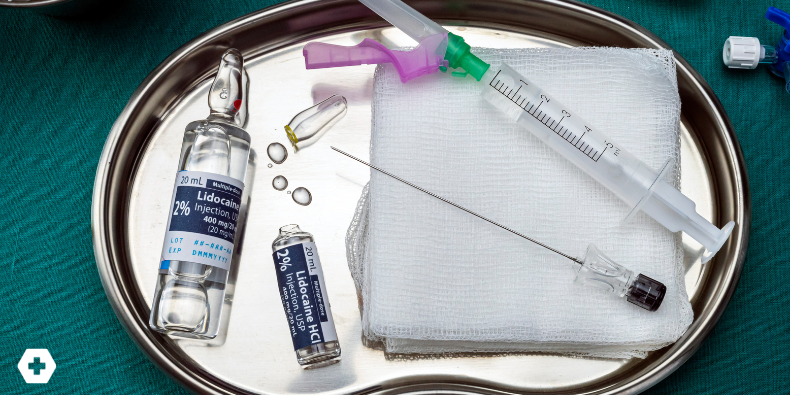
The Lidocaine Hack: Warming Up to Pain-Free ER Laceration Repairs

Working in the ER often feels like trying to perform surgery while riding on a rollercoaster. Between the chaos of nonstop patients and the art of keeping everyone (mostly) comfortable, every little hack counts.
Let’s talk about one of the coolest—and by that, I mean warmest—tricks for your next laceration repair:
Heating up lidocaine before injection.
Yup. That’s it.
Science-backed, patient approved. And all it takes is a little heat.
Why Warming Works
A 2011 systematic review and meta-analysis published in Annals of Emergency Medicine analyzed the effect of warming local anesthetics on injection pain. Spoiler alert: it works! By heating lidocaine to body temperature or slightly above (think cozy bathwater, not scalding coffee), injection pain significantly decreases. Patients reported less discomfort, making the whole process smoother and less wince-inducing.
Here’s why it works:
- Cold lidocaine strings—it shocks the system.
- Warming it up makes it more biocompatible, reducing the sting of injection (and giving your patient one less reason to glare at you).
- In addition, warmer lidocaine diffuses into the tissue more smoothly, making the numbing process quicker.
In short: less grimacing, faster onset, happier patients.
How to Warm Lidocaine (No Fancy Tools Needed)
Warming lidocaine isn’t rocket science. You can use a controlled warming device if you’re fancy, but a more practical approach could be to let the vial sit in some lukewarm water from the sink outside the patient room, or even easier, just leave the vial in your pocket while you see your next patient and let your body warmth due to the trick!
But what about the skeptics who argue this takes too much extra time? To them, I say: Warming lidocaine takes just a couple of minutes—about the same amount of time it takes to explain the procedure to your patient. Just make this part of your preparation by throwing that bottle into your pocket before you enter the room, and you’re good to go.
So, next time you’re about to suture a kitchen mishap or DIY disaster, don’t just grab the lidocaine—warm it up. .
Your patient’s face will say it all.
And just maybe, your shift will feel a little less like a rollercoaster.
Practice-Changing Education
Experience education that goes beyond theory. Explore Hippo Education’s offerings below.


